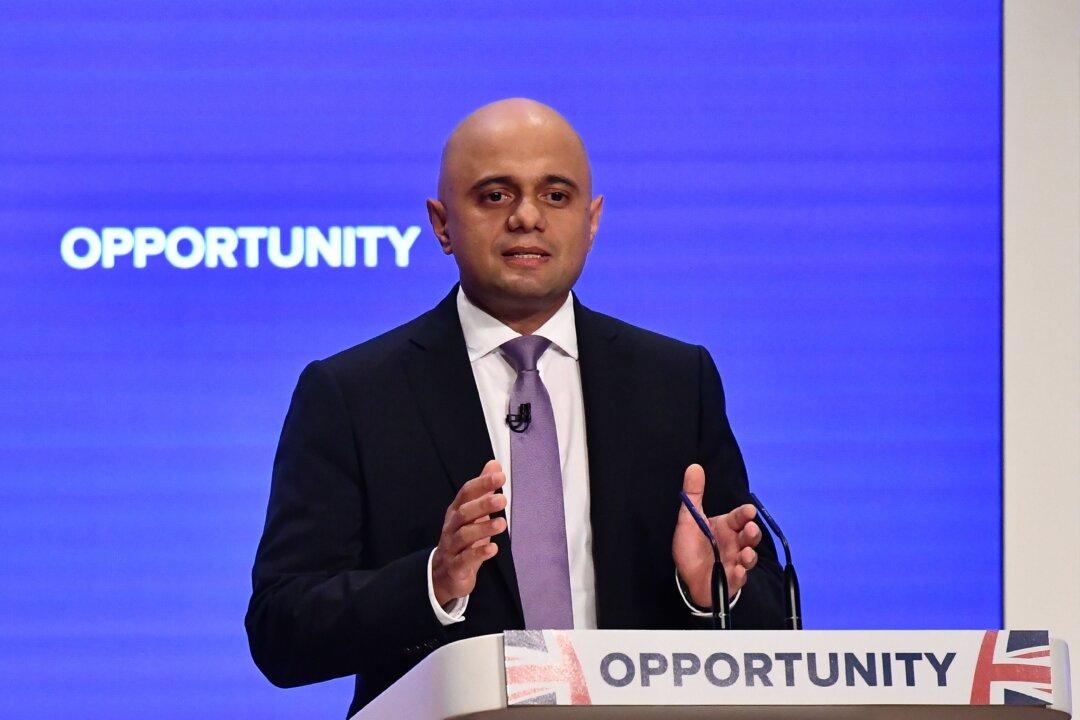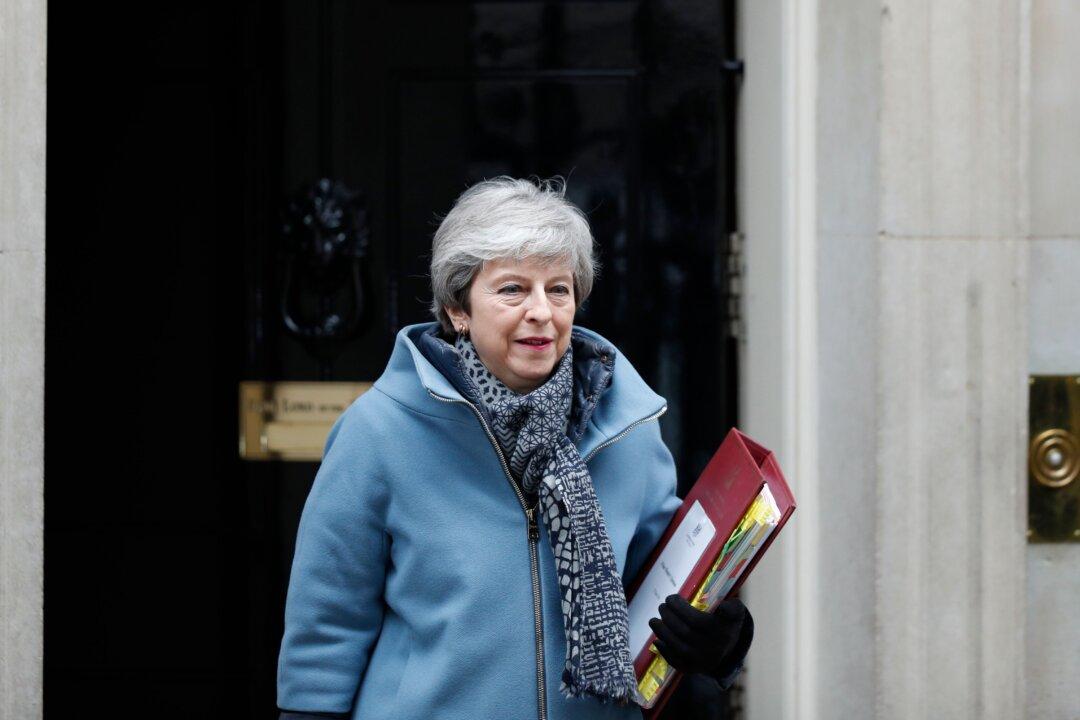LONDON—The UK is set to crack down on middle-class drug users as part of new measures to combat violent crime.
Interior secretary Sajid Javid said the government would target all drug users—including professionals—as part of a major review of drug buyers and sellers. He announced his plans in a speech at the Conservative Party conference on Oct. 2, saying that he’s starting a 200-million-pound ($259.5 million) endowment fund that focuses on young people at risk of starting a life of crime.




